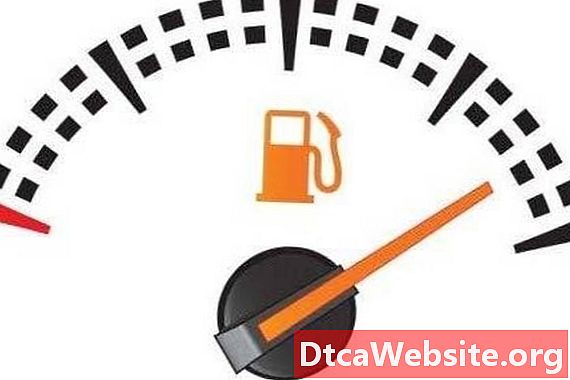
Contenu

If you suspect a problem with your vehicles rear differential, the information outlined in this article may save you time and money in the diagnosis and repair phases. Even if you are not familiar with the parts involved or how to fix them, mentioning specific information about your problem can help your repair technician quickly determine the right fix and reduce the amount of troubleshooting needed to solve the problem. That will help you get back on the road faster and with more money in your pocket.
Step 1
Prepare the vehicle. If your vehicle is operational, turn off your stereo, roll down your windows, and plan a low traffic route that will allow you to reach high speeds, slow down, or stop without impeding traffic or creating a hazard. Because the trouble signs you will be looking for might require your full attention, it may be helpful to have a secondary driver operate your vehicle while you observe the signs that will lead you to the right conclusion.
Step 2
Drive the vehicle. Choose the safest possible route and create as many driving conditions as possible, taking note of each result on a pad and paper. Note noises or vibrations heard or felt when driving in reverse, accelerating, cruising at low or high speeds, coasting at low or high speeds, decelerating from low or high speeds, "feathering" or alternating pressure on the gas pedal, and differences in noises when you turn.
Step 3
Make detailed and specific notes. What kind of noise do you hear? Do you feel a vibration in the floorboards? What specific location does the noise or vibration seem to be coming from? At what speeds does each problem occur? The more details you can provide to your service technician, the faster a proper fix can be determined and implemented and the less money your repair will cost.
Step 4
Sit in every seat in the vehicle. Listening to the problem noises from different locations within the vehicle may help you determine the exact location of the problem. Noises may sound like they are emanating from the rear of the vehicle when heard from the front, or from the front of the vehicle when heard from the rear. This is a common problem that may indicate trouble with the transmission or front U-joint, instead of the rear differential.
Record unusual noises. If you are getting a specific sound, but cannot pinpoint the conditions that caused it to recreate the sound every time, try making an audio recording of your test drive to assist your service technician with understanding the problem. Keep in mind that there will be excessive background noise, so try recording under the quietest conditions possible and give cues throughout the recording to indicate your vehicles speed and driving conditions throughout the test. A good example of this would be to say, "I am now decelerating from 40 miles per hour," before slowing down.
Tips
- Common symptoms to look for:
- Howling or whining while accelerating at all speeds: this indicates a gearing issue within the rear differential. Improper gearing, loose gears, bad pinion or carrier bearings can cause this symptom.
- Howling or whining while accelerating at a specific speed range: this indicates worn gears due to poor lubrication or overloaded gears, as may occur when towing heavy objects.
- Pinion turns, but the tires do not rotate: this indicates broken spider gears within the differential. In this case, the vehicle may not be operational, but a loud clanging or crunching noise might have sounded when the spider gears shattered.
- Vehicle travels for a few feet before grinding and/or slipping: if the vehicle only travels 2-3 feet before the grinding occurs, this indicates a broken pinion tooth; if the vehicle travels approximately 8 feet before the grinding occurs, this indicates a broken ring gear.
- Vehicle makes a loud clanging noise every few feet: if the vehicle clangs every 2-3 feet, this indicates a high tooth on the pinion gear; if the noise occurs approximately every 8 feet, this indicates a high tooth on the ring gear.
- Vibrations emitting from the center or rear of the vehicle: this indicates the possibility of a few problems; worn or bent U joints; worn or bent driveshaft; improper driveshaft angle.
Warnings
- Use extreme caution when test driving and diagnosing all vehicle problems. As driving under normal conditions requires your full attention, it is strongly suggested that you use a secondary driver to operate your vehicle while observing any symptoms.
- Always wear safety glasses and gloves when handling vehicle parts or crawling under the vehicle. Vehicle parts can become extremely hot and dirty under normal operating conditions. Keep these dangers in mind when handling any parts in or under your vehicle and observe all possible safety precautions to avoid serious injury.
Items you will need
- Malfunctioning vehicle
- Safe driving area
- Secondary driver
- Notepad
- Pen/Pencil
- Audio recording device


